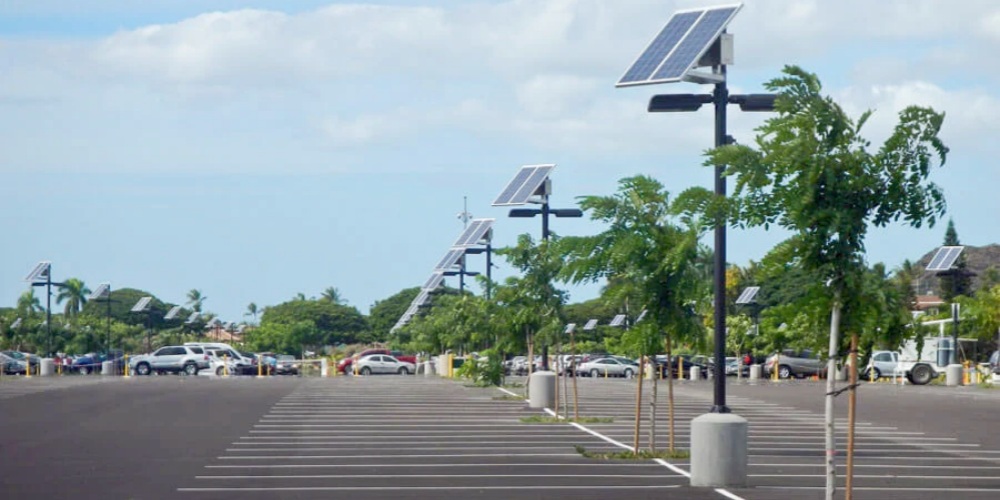In solar photovoltaic (PV) systems, grounding is critical not only for safety but also for the performance and longevity of the installation. Among various grounding components, the Earth Lug / Grounding Lug and Bonding Clip are two essential elements. While both serve the purpose of electrical connection and grounding, they each have distinct roles and installation methods. This article provides an in-depth look at how Earth Lugs and Bonding Clips function within PV systems and their respective applications.
What is an Earth Lug / Grounding Lug?
An Earth Lug or Grounding Lug is a metal connector used to connect electrical system cables to the ground. Typically attached to solar mounting structures, panels, or other metallic components, the Grounding Lug safely directs unwanted current to the earth, ensuring that the system is grounded and minimizing risks of electric shock and equipment damage. The Grounding Lug serves as the endpoint in a grounding system, working with grounding cables and securing bolts to ensure safe electrical conductivity from the entire solar array to the ground.
In PV systems, the key functions of a Grounding Lug include:
Current Pathway: Redirects excessive current to the ground, protecting electrical equipment and preventing electric shock.
Electromagnetic Interference (EMI) Control: Reduces EMI, enhancing the electrical stability of the system.
Equipment Protection: Shields the system from lightning and fault currents, extending the lifespan of components.
What is a Bonding Clip?
The Bonding Clip is a specialized clamp designed to establish conductive paths between solar panels and the mounting structure. Bonding Clips usually have sharp teeth that penetrate the surface oxidation on metal components, creating direct metal-to-metal contact between panels and racks. This eliminates the need for additional grounding measures between panels and racks, simplifying installation and minimizing interference from potential differences.
Primary functions of Bonding Clips include:
Electrical Conductivity Between Components: Ensures electrical continuity between the solar panel and mounting structure, enhancing grounding efficiency.
Ease of Installation: Bonding Clips eliminate the need for extra grounding wires, saving on materials and installation time.
System Stability: Reduces potential differences, ensuring stable current flow within the system.
How do Earth Lugs and Bonding Clips Work Together?
In solar installations, Earth Lugs and Bonding Clips are often used in tandem to achieve complete grounding protection. Bonding Clips provide local conductive connections between the panels and racks, ensuring internal electrical continuity within the system, while the Grounding Lug connects the entire setup to the ground, forming a comprehensive grounding network.
This combination ensures both internal electrical stability and ground-level protection for the entire PV system.
High-Quality Mounting Accessories and Grounding Components from HQ Mount
As a company dedicated to providing efficient and secure solar mounting solutions, HQ Mount offers a full range of mounting accessories and grounding components, including Earth Lugs / Grounding Lugs and various Bonding Clips, all designed to suit diverse solar installation needs. Our products meet international safety standards and are built to last, making them ideal for long-term use in complex environments.

For any solar mounting needs, feel free to contact us. We are here to provide you with professional and reliable installation solutions.
Phone: +86 05926252889
Email: info@hqmount.com
WhatsApp: +18030160771


